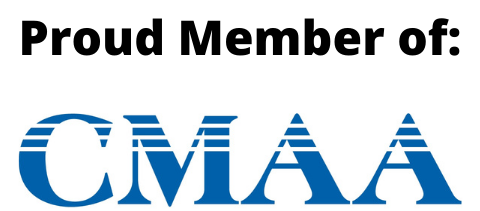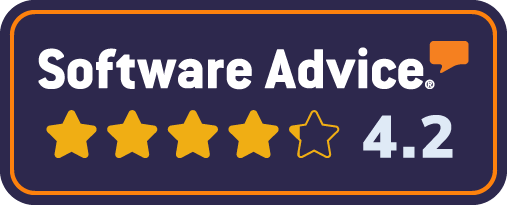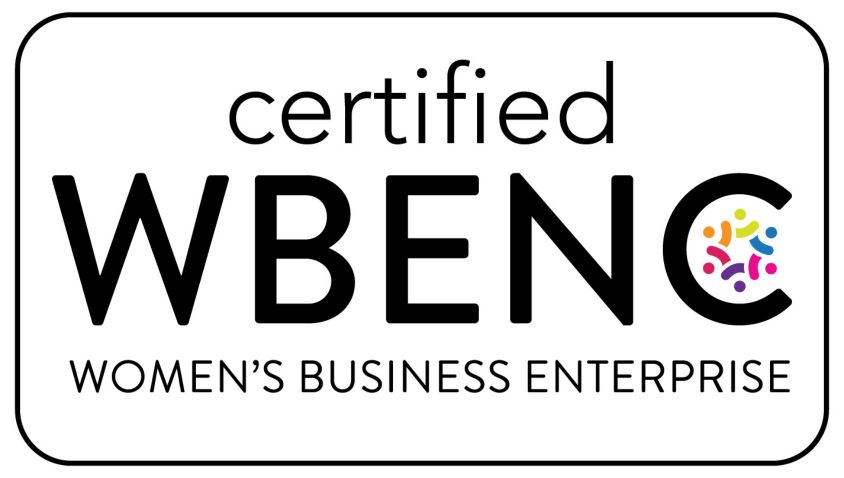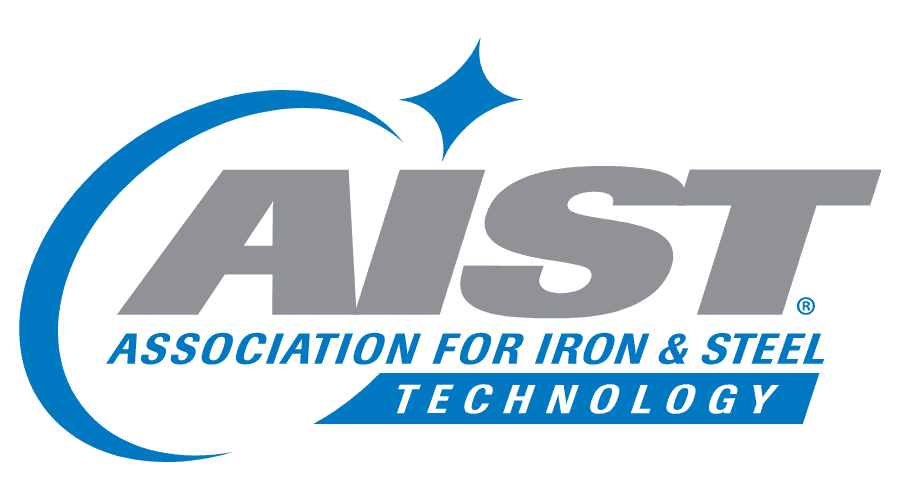Adobe’s Significant Construction Project Mgmt. Workflow Depends on VPO
See how Adobe improved its construction project management process with VPO, integrating SAP ERP, standardizing workflows, and gaining full budget visibility
New 18-story tower and pedestrian bridge is the latest addition to Adobe’s corporate headquarters campus in San Jose, CA. It accommodates nearly 4,000 employees in 700,000 square feet of space.
Challenge:
Customize a construction project management solution that centralizes the PM delivery process and integrates with SAP ERP.
Solution:
Integrate and implement VPO Construction Project Management cloud-based platform, utilizing SharePoint, for SAP integration, budget management, and portfolio-wide views.
Results:
- Saved money and time via real-time, cloud-based construction management.
- Supported collaboration on a worldwide level.
- Successfully gained 100 percent visibility into spend, using data to benchmark against projects.
Overview
Adobe, a world leader in cloud-based products and services, adopted VPO construction project management software in February 2018 to help manage its $1 billion in capital projects.
 At the time of publication, Justina Hyland was director of the project management office (PMO) at Adobe, headquartered in San Jose, CA. The PMO staff of five people manages a $1 billion portfolio of properties. Nearly 100 percent of expansions and renovations of leased and owned space is overseen by the team.
At the time of publication, Justina Hyland was director of the project management office (PMO) at Adobe, headquartered in San Jose, CA. The PMO staff of five people manages a $1 billion portfolio of properties. Nearly 100 percent of expansions and renovations of leased and owned space is overseen by the team.
There are 25 active projects in the pipeline. Major projects include a $45 million refresh in Seattle, a $700 million 18-story tower with pedestrian bridge at their corporate headquarters, and a new $90 million building in Lehi, UT. They just completed major projects in Singapore and Milan. The corporate headquarters project alone has more than 100 consultants.
As you would expect, Adobe has developed strong design guidelines for their new workspaces. They constantly research what works and what doesn’t, in order to foster collaboration and meet employee expectations - whether in Hong Kong, London, or New York.
All of this teamwork requires a robust construction project management solution.
"VPO becomes the primary source of truth for all of our consultants. It's the site of record for any drawing and document, for any project, for real-time reference anywhere, anytime."
Solution
Prior to using VPO, Hyland’s department had been working with SharePoint to manage projects since Adobe had adopted SharePoint as its document management tool.
"Everyone was setting up their own project sites in SharePoint,” Hyland said. “The lack of consistency was a major problem. We didn't have one central place where we could look at the entire portfolio of projects. It was a much more decentralized delivery process.”
When Hyland created the PMO at Adobe, she tried to implement an integrated workplace management system; however, she abandoned it after two years, saying that it was extremely expensive and hard to use.
She and her team had always used Microsoft Project and Excel as their primary go-tos for scheduling and more.
One of the team members suggested that they find a construction project management solution using SharePoint. Their investigation led them to VPO.
VPO is construction project management software
powered by Microsoft Office 365, the business apps that Hyland and her team were already using.
“We started talking to Laura Nee (VPO creator and president/CEO) and her team. We really liked their approach, delivery process, and culture. That’s why we chose VPO.”
Integration with SAP
SAP integration was a major concern for Hyland. “Pulling data from SAP can be difficult. The biggest thing we asked VPO to do for us as a base was to take the data that was coming into SAP, and actually bring that into each project site so we could see, by material category, what our spend was. They helped us bring that data in daily, by project, in a deliberate, consistent way."
“VPO can integrate with any open-platform ERP, like SAP. VPO defines the system that data is entered in, determines the frequency of when it’s exchanged with other systems, and develops the mapping of data between systems,” says Laura Nee of VPO. “This ensures that information is pulled, updated, and displayed dynamically between VPO’s platform and the existing SAP system. All users across an organization can stay informed and up to date - all within the platforms they are comfortable using.”
The PMO team gets 100 percent visibility into their spend, using data to benchmark against projects, something they couldn’t do before on a programmatic level. They also receive a complete list of all the purchase orders and invoices that were executed against that project.
“The budget management module that VPO customized has been really great,” Hyland said. “The application allows us to compare budget forecasts, approvals, change orders, and actual results to determine variances from expected performance.”
Portfolio-wide Views
Hyland appreciates the portfolio-wide views on her projects both collectively and individually. VPO created a project management office template that uses tiles, so that every project looks and feels the same way and is instantly accessible.
“We can also take the data that we collect from the projects to create automated status reports for our leadership team of VPs and senior directors. They don't have to drill down into each project.
“VPO saves us so much time. It’s just a great tool. We send PDF reports out by email to the leadership team, giving them a real birds-eye view of the status of key milestones, personnel, action items, and issues.”
Collaboration on a Worldwide Level
What about the hundreds of business partners and consultants that Adobe works with every day, worldwide?
“We require that all professional services work in VPO - from Cushman & Wakefield to architects, general contractors, and engineers.
“We don't ask the GCs to work in VPO and their system. We currently work in Procore to route RFIs and submittals. But once we finalize the RFI and it’s closed out, we transfer that to VPO. We just want the final RFI document to permanently reside on VPO so we have a document of record.
“VPO becomes the primary source of truth for all of our consults. It’s the site of record for any drawing and document, for any project, for real-time reference anywhere, any time.”
Hyland appreciated that all project managers on her team are delivering in a consistent way. “The reason that's so critical is because we use a lot of common resources. We might use common architects, or general contractors, or even internal teams, depending on where the project is in the world.”
Want to hear more from Justina & Adobe? Check out their Webinar: Advancing Portfolio Management through Visualization, Standardization & Customization: An Adobe Success Story







